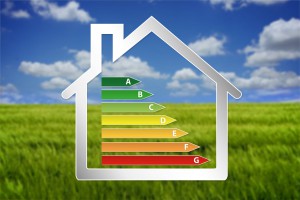A five-year analysis of the property market has shown high rental yields do not necessarily mean high overall returns for investors.
In fact, the latest astounding analysis by independent research house RiskWise Property Research has proven low rental returns delivered significantly higher overall return (i.e. capital growth + rental return), while high rental returns delivered lower ones overall.
A detailed study of the figures, testing the performance of the Top 100 and Bottom 100 rental return suburbs in Australia over a five-year period for both units and houses, showed a completely unexpected outcome.
When you breakdown properties with high rental returns and low rental returns, you see purchasing the high rental returns is extremely affordable, whereas a low rental return dwelling costs roughly three times more, which generally means they are blue chip.
However, what we have found is that a breakdown of the properties with the high rental returns showed overall growth, in some cases, in the negative.
In theory I want to see 6 per cent rental returns, but if capital growth is -7 per cent what happens then?
What it means is people who invested in very affordable suburbs that carried a high level of rental return, with the expectation to see strong overall growth, have achieved exactly the opposite result.
This is a big find … most people think they will see high overall return (that includes at least a reasonable capital growth), if they have high rental returns but our data clearly shows this is not the case.
The RiskWise analysis showed, under the assumption of a 20 per cent deposit, that low-rent houses would increase their net equity by 63.1 per cent.
Conversely, high-return houses would increase their net equity by only 29.5 per cent.
This means low-rent houses increased their equity by more than twice that of the high-rent ones.
The trend was similar for units with low-rent ones increasing their net equity by 34.1 per cent and high-return ones by only 24.4 per cent – a difference of 40 per cent to the net equity.
For example, an investor who invested $500,000 in a low-rental return area has seen his net equity growing by $170,000.
However, an investment of $500,000 in a high-rental return property, would have delivered a net equity growth of only $122,000.
Overall, the low rental return property has delivered net growth that is almost 40 per cent greater than the high rental return.
While this is not a fully statistically proven predictive model, there is a clear indication that, generally, any increase of 1 per cent of rental return, has resulted in an overall return that is approximately 7.9 per cent lower than expected for houses and 3.4 per cent for units.
No suburb listed in the Top 100 housing rental returns also made it on to the list for Top 100 capital median growth.
In fact, 22 per cent of those listed in the Top 100 suburbs for housing rental yield were in the lowest performing 100 for growth.


















